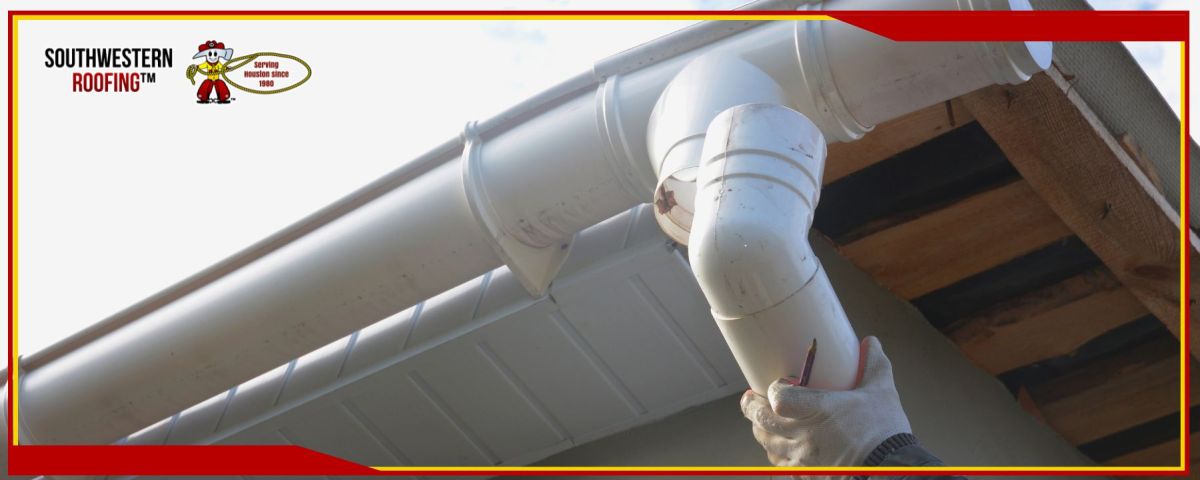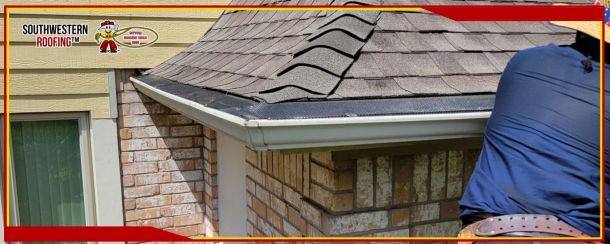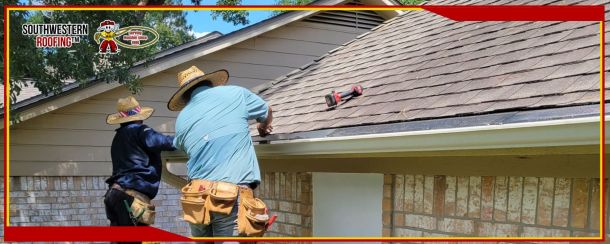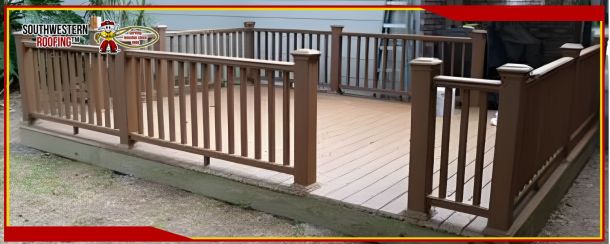
Gutter & Downspout Planning Made Easy
A strategic approach to designing gutters and downspouts for optimal water drainage
Proper gutter and downspout installation is essential to protect your home’s foundation, walls, and landscaping from water damage. However, an effective gutter system depends not only on quality materials but also on a well-planned layout that ensures efficient water flow away from your home.
Designing the perfect path for gutters and strategically placing downspouts can prevent water pooling, erosion, and structural damage. Here are key considerations and best practices to help you plan an efficient drainage system:
Key Steps in Planning Your Gutters and Downspouts
- Assess Your Roof’s Slope and Shape: Understanding the roof pitch and valleys helps determine where water collects and the volume that needs to be managed.
- Map the Gutter Path: Plan gutters along roof edges where water naturally flows. Avoid long uninterrupted runs to minimize sagging and blockages.
- Determine Downspout Locations: Position downspouts at corners or at low points to promote gravity-assisted drainage. Multiple downspouts may be necessary for larger roofs.
- Calculate Downspout Capacity: Ensure downspouts are sized to handle peak water flow based on roof area and local rainfall intensity.
- Plan for Water Discharge: Direct downspouts away from the foundation using extensions or underground drainage to prevent soil erosion and basement leaks.
- Consider Obstructions and Aesthetics: Avoid placing downspouts where they block windows or walkways. Coordinate placement with landscaping and exterior design.
Tips for a Durable and Efficient Gutter System
- Use materials suitable for your climate, such as aluminum or copper, to reduce corrosion and maintenance.
- Ensure gutters have a consistent slope—typically 1/4 inch per 10 feet—toward downspouts for proper flow.
- Install gutter guards to minimize debris accumulation and reduce clogging risks.
- Regularly inspect and clean gutters, especially after storms or heavy leaf fall.
- Consult local building codes and regulations to meet requirements and avoid drainage disputes.
A thoughtfully planned gutter and downspout layout is fundamental to safeguarding your home from water damage. By carefully considering roof design, drainage paths, and discharge areas, you can optimize water flow, protect your property, and reduce maintenance needs. Whether you are installing new gutters or upgrading an existing system, a strategic plan ensures long-term performance and peace of mind.
For professional guidance and expert installation of gutters and downspouts designed specifically for your home’s needs, contact Southwestern Roofing today at (281) 955-6014. Our experienced team will help you create an efficient drainage system that protects your investment and enhances your home’s durability.

Southwestern Roofing: We had our humble beginnings, but our goals have always been the same: To offer quality workmanship at a fair and reasonable price in addition to always treating each of you with honesty, integrity, and respect. Meeting with you, sharing ideas, and helping you achieve that goal has been a welcomed privilege.
Southwestern Roofing in Texas
Southwestern Roofing in Texas, Roofing Company in Texas, Roof Replacements in Texas, Roof Installations in Texas, Roof Repairs in Texas, Routine Roof Maintenance in Texas, Roof Inspections in Texas, Window Replacements in Texas, Patio Installations in Texas, Siding Replacements in Texas, Fence Replacements in Texas, Remodeling in Texas, Exterior Painting in Texas, Room Additions in Texas, Deck Installations in Texas, Gutter Installations in Texas, Exterior Repairs in Texas, Fence Installation in Texas, Free Roof Inspection in Texas,, Free Residential Roof Inspection in Texas


